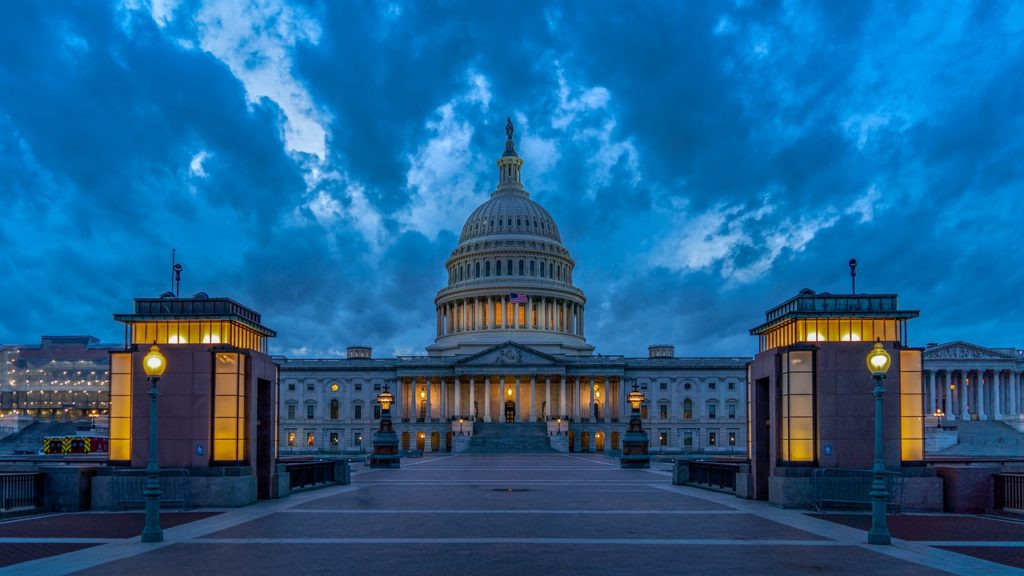by Michael Maharrey, Schiff Gold:

The federal government has added $1.3 trillion to the national debt in just three months.
When the fake debt ceiling fight ended and Congress suspended the federal government’s borrowing limit for two years in June, the national debt stood at $31.46 trillion. As of Aug. 26, the debt had surged to $32.81 trillion.
And with the Biden administration running massive deficits month after month, there’s no reason to think the borrowing is going to slow down anytime soon.
TRUTH LIVES on at https://sgtreport.tv/
The constantly climbing national debt is a symptom of a much deeper issue.
Uncle Sam has a spending problem.
Month after month, the federal government blows through roughly half a trillion dollars. The Biden administration spent another $496.94 billion in July alone. That was a 3.4% increase over July 2022 spending.
Now, you might be thinking that with the spending cuts in the [misnamed] Fiscal Responsibility Act, Congress fixed this problem. But we live in an upside-down world where spending cuts mean spending still increases. Even if Congress and the president manage to stick to the plan, the so-called spending cuts will not put a dent in actual total spending. That means we can expect massive deficits to continue month after month.
And Congress and the president certainly won’t stick to the plan.
In fact, the Biden administration already wants more money. Earlier this month, the president asked Congress to appropriate $40 billion in additional spending, including $24 billion for Ukraine and other international needs, $4 billion related to border security and $12 billion for disaster relief.
Keep in mind that the feds now have a credit card with no limit.
So What?
One of the most common responses I get when I talk about the national debt is, “So what?”
After all, the national debt has been expanding precipitously for years. Nothing has happened yet.
But this is clearly an unsustainable trajectory, especially in a high interest rate environment.
The federal government has paid more than half a trillion dollars ($561 billion) on interest payments alone in fiscal 2023. In July, Uncle Sam forked out $67 billion in interest payments. The only spending categories that were larger were Social Security and Medicare.
This is just the beginning of an upward trend. Based on the current interest payment, The Treasury is paying less than 2% interest. But a lot of the debt currently on the books was financed at very low rates before the Federal Reserve started its hiking cycle. Every month, some of that super-low-yielding paper matures and has to be replaced by bonds yielding much higher rates. That means interest payments will quickly climb much higher unless rates fall.
The yield on the latest 2-year Treasury sale was over 5%.
If interest rates remain elevated or continue rising, interest expenses could climb rapidly into the top three federal expenses. (You can read a more in-depth analysis of the national debt HERE.)
And as Peter Schiff explained in a recent podcast, government spending is one of the reasons the Federal Reserve will never win the inflation fight.
It doesn’t matter that the Fed has raised interest rates. It’s done nothing. And one of the main reasons it’s done nothing is because at the same time the Fed is pursuing a higher monetary policy of quantitative tightening and interest rate hikes, the US federal government is pursuing the opposite policy. The US government is now running one of the most expansive, stimulative fiscal policies in our nation’s history.”
Last year, Fed economists even admitted the central bank can’t rein in price inflation with monetary policy alone.



